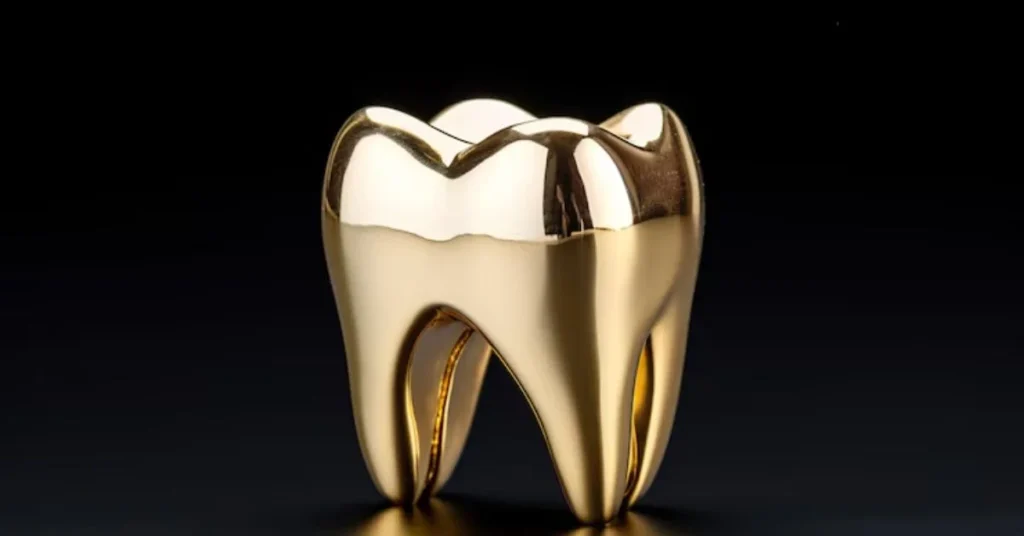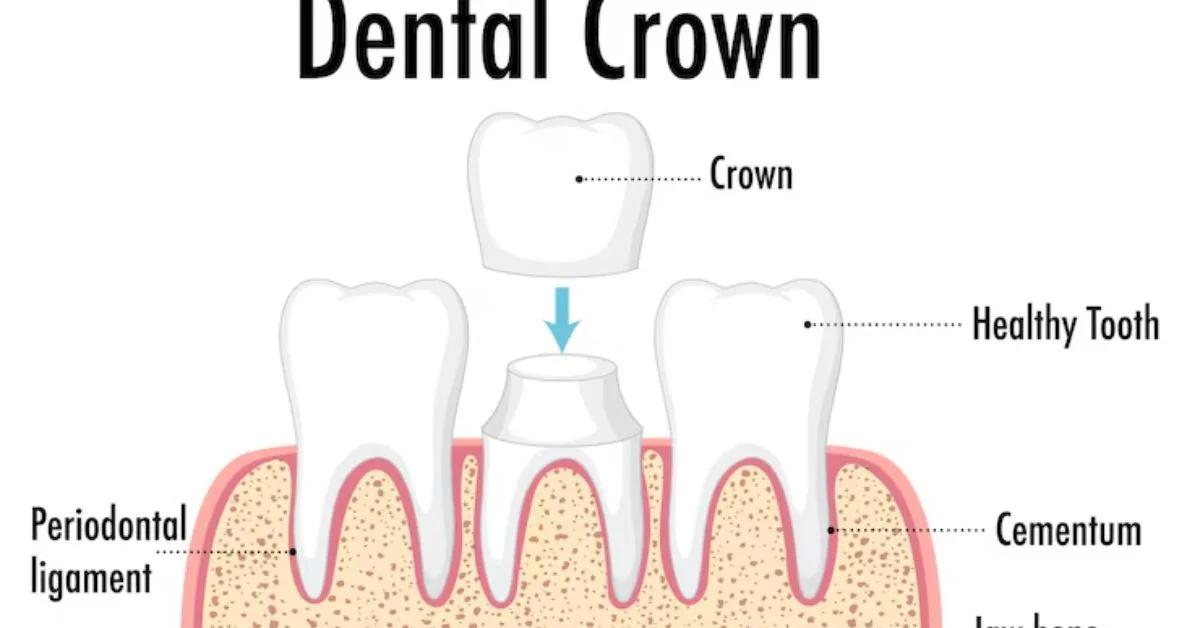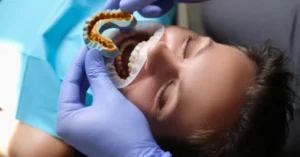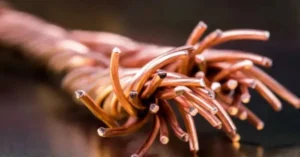By any measure, modern dentistry offers a dizzying array of options. From veneers and implants to clear aligners and digital smile designs, technology and cosmetic priorities are reshaping what it means to care for teeth. But in the midst of these flashy solutions, a more traditional, tried-and-tested dental tool continues to play a quiet but essential role: the metal crown tooth.
Often overlooked in favor of more aesthetic alternatives like ceramic or porcelain-fused-to-metal crowns, the metal crown remains an important part of restorative dentistry. It’s durable, cost-effective, and remarkably efficient. But it’s also misunderstood—frequently associated with outdated procedures or industrial-looking smiles. The reality, however, is far more nuanced.
In this in-depth article, we explore everything there is to know about the metal crown tooth: what it is, how it works, when it’s recommended, the materials used, pros and cons, and the modern innovations making it a smarter choice for many patients. Whether you’re a patient exploring options or simply curious about dental restoration, this guide aims to provide a current, clear, and practical perspective.
What Is a Metal Crown Tooth?
A metal crown is a type of dental crown—a cap that is placed over a damaged or decayed tooth to restore its shape, size, strength, and function. What distinguishes a metal crown from other types is the material: it is made entirely of metal alloys.
These crowns are typically used in molars (the back teeth) where chewing pressure is greatest and aesthetic concerns are minimal. Because of their strength and wear resistance, they have long been favored for cases requiring a long-term solution.
How It Works
A metal crown tooth functions by fully covering a compromised tooth. After shaping the original tooth to accommodate the crown, the dentist cements the crown into place. Once set, it functions like a natural tooth in terms of chewing and bite force, often with better performance than more cosmetic options.
Common Materials Used in Metal Crowns
Metal crowns are not all created equal. The type of metal alloy used can significantly affect cost, durability, and biocompatibility. Here are the most common materials used:
1. Gold Alloy
Not purely gold, these crowns use a blend of gold, copper, and other metals. They are highly resistant to corrosion and fracture and are very gentle on surrounding teeth. Gold crowns are especially recommended for patients with grinding habits (bruxism).
2. Base Metal Alloys
These are composed of non-noble metals like nickel, chromium, and cobalt. They offer strength at a lower cost but can sometimes cause allergic reactions in sensitive patients, especially those allergic to nickel.
3. Porcelain-Fused-to-Metal (PFM)
While technically not a full metal crown, PFMs include a metal base covered with tooth-colored porcelain. This is a hybrid option for patients who want the strength of metal with a more aesthetic appearance.
When Is a Metal Crown Tooth Recommended?
Dentists typically recommend metal crowns in the following situations:
- Severely Decayed Teeth: When too much tooth structure is lost for a filling or inlay to suffice.
- After Root Canal Treatment: Root canal therapy often weakens a tooth, and a crown is needed for reinforcement.
- Heavily Worn Teeth: For patients with severe attrition from grinding or acid erosion.
- Back Molars: Where strength is more important than appearance.
- Bruxism Management: Metal withstands grinding forces better than ceramic or composite.

The Procedure: From Consultation to Crown Placement
Step 1: Initial Consultation and Diagnosis
Your dentist evaluates the tooth through clinical examination and X-rays. If a crown is deemed necessary, you’ll discuss material options and costs.
Step 2: Tooth Preparation
The dentist reshapes the tooth by removing a portion of enamel to make room for the crown. This process is performed under local anesthesia.
Step 3: Impressions and Temporary Crown
A mold of your teeth is taken to design a perfectly fitted crown. While your custom crown is being manufactured, a temporary crown protects the prepared tooth.
Step 4: Crown Fabrication
Using CAD/CAM technology or lab-based impressions, the metal crown is crafted. This can take a few days to a couple of weeks depending on the clinic setup.
Step 5: Final Placement
The temporary crown is removed, and the new metal crown is permanently cemented in place. Bite alignment is checked to ensure comfort.
Advantages of a Metal Crown Tooth
1. Exceptional Durability
Metal crowns are less likely to chip, crack, or break under pressure, making them ideal for heavy-biters and long-term use.
2. Precision Fit
Thanks to their thinner profile, metal crowns require less removal of natural tooth structure, preserving more of the original tooth.
3. Biocompatibility with Proper Alloys
Gold alloy crowns, in particular, are highly biocompatible and resist corrosion over time, minimizing gum irritation.
4. Minimal Wear to Opposing Teeth
Unlike porcelain, which can wear down opposing teeth over time, metal crowns are gentle on natural tooth surfaces they come in contact with.
5. Cost-Efficient Options
Base metal crowns provide a budget-friendly solution without compromising on strength.
Disadvantages and Considerations
1. Aesthetic Limitations
The biggest drawback is visibility. For front teeth or visible molars, metal may not be ideal due to its distinct color.
2. Allergic Reactions
Nickel allergies are common. It’s crucial to inform your dentist about any known sensitivities before crown selection.
3. Thermal Sensitivity
Metal can conduct heat and cold more efficiently, which may lead to increased tooth sensitivity initially.
4. Perception of Old Technology
Though effective, metal crowns are often perceived as outdated, which may influence patient preference—especially in cosmetically sensitive areas.
Modern Innovations in Metal Crown Technology
The dental materials field is far from static. Recent advances have improved both the performance and patient experience of metal crowns.
CAD/CAM Precision
Digital scanning and 3D printing now allow for extremely precise crown fabrication, reducing human error and improving comfort.
Allergy-Free Alloys
Some labs now offer hypoallergenic alloys, eliminating nickel and other reactive metals. These are ideal for patients with multiple sensitivities.
Nano-Coatings
Certain crowns are coated with nanotechnology-based materials that enhance wear resistance and reduce bacterial adhesion.
Hybrid Metal-Ceramic Composites
For patients who need both strength and better aesthetics, newer hybrid options provide a middle ground.
Longevity: How Long Does a Metal Crown Tooth Last?
With proper care, a metal crown can last 15 to 30 years—or even longer. Their resistance to wear and corrosion makes them one of the longest-lasting dental restorations available.
Key Factors Influencing Longevity:
- Oral hygiene habits
- Diet (particularly sugar and acidic foods)
- Use of fluoride products
- Presence of bruxism
- Routine dental check-ups
Cost Breakdown: What You Can Expect
The cost of a metal crown can vary widely based on location, materials, and clinic quality.
| Type of Metal Crown | Approx. Cost (USD) |
|---|---|
| Base Metal Alloy Crown | $600 – $1,000 |
| Gold Alloy Crown | $1,000 – $2,500 |
| Porcelain-Fused-to-Metal | $800 – $1,500 |
Insurance often covers part of the cost if the crown is medically necessary. Cosmetic crowns, on the other hand, may require out-of-pocket payment.
Caring for Your Metal Crown Tooth
Maintenance of a metal crown is no different from caring for natural teeth, but consistency is key.
Daily Habits:
- Brush twice daily with fluoride toothpaste
- Floss to prevent gum disease around the crown
- Use a soft-bristled toothbrush to avoid scratching the crown
Avoid:
- Chewing ice or hard candies
- Using teeth to open packages
- Sticky or overly chewy foods that can dislodge the crown
See Your Dentist:
- Every 6 months for professional cleaning
- Immediately if the crown feels loose or causes discomfort
Who Should Consider a Metal Crown Tooth?
You might be a candidate if:
- You need a crown on a molar
- You grind your teeth
- You’re looking for a long-term, low-maintenance solution
- You have had repeated issues with ceramic crowns breaking
- You prioritize function over cosmetic appearance
Common Myths and Misconceptions
“Metal crowns are unsafe.”
Not true. Reputable dental offices use medical-grade metals that are rigorously tested for safety and biocompatibility.
“They will look terrible.”
In back teeth, metal crowns are virtually invisible. And with hybrid solutions, aesthetics can still be maintained.
“Only older people get metal crowns.”
Many young adults with bruxism or severe decay opt for metal crowns due to their strength and longevity.
Conclusion: A Pragmatic, Proven Solution
In a dental world preoccupied with looks, the metal crown tooth represents something different—substance over style. It’s a functional, affordable, and time-tested solution that continues to serve patients where it counts the most: durability and comfort.
For those who value long-term results and structural integrity, metal crowns offer peace of mind that few other restorations can match. While they may not grace the covers of dental marketing brochures, they remain at the heart of effective restorative dentistry.
In an age of flashy alternatives, sometimes the most dependable tools are the ones that have stood the test of time. The metal crown is exactly that.
For more information, click here.









